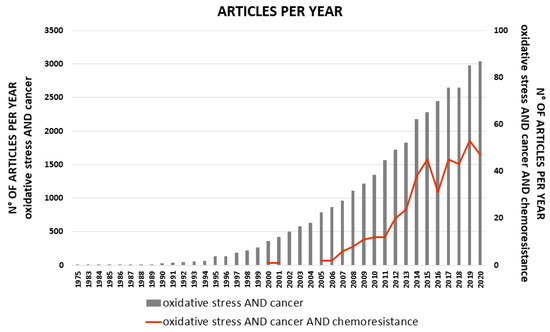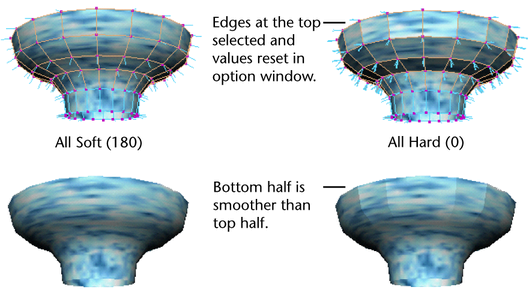

Concave Faces are not a big deal in Maya. Turn this option on and Maya will hunt down all faces where at least two edges form a concave curve (if you don’t know what concave means it stands for curved in the opposite being convex).
#Reverse normals maya 2017 manual#
Take a look at this picture to see the difference between Mesh->Cleanup and manual Cleanup: The best way to clean up n-gons is to either create a loop split along your mesh or terminate existing loop splits. Don’t ever trust Maya to do the Cleanup for you – it will simply poke the adjacent faces which typically creates new problems. If you are modeling for a Game Engine you will have to remove all n-gons and eventually triangulate your model. Generally Maya doesn’t really care if your model isn’t entirely quadrangulated and should render just fine. However, if you are going to apply a smooth operation on your object, be aware that n-gons can cause problems in the Mesh. I am not going to get into this argument in this tutorial. Ongoing arguments exist all over the net debating whether you should avoid n-gons or not.

These types of faces are also known as n-gons.


If you activate this option Maya will locate all faces that are connected by more than four vertices. 4-sided Faces works very similar to “Mesh->Triangulate” the only difference being that the former will only triangulate 4-sided Faces whilst the latter will triangulate the entire object. Otherwise it will only highlight 4-sided faces on your object which might prove useful if you have problems counting from one to four. In this case it actually makes more sense to let Maya do the cleanup. Turn this on and Maya will look for all faces on your objects that have four sides and triangulate them if you have “Cleanup matching polygons” activated. If you turn it off Maya will delete your object’s history after the cleanup process. I always have “Keep construction history” checked. Cleanup might be pretty bad at doing what it’s supposed to do (Cleanup that is) however it’s a great tool to hunt down bad geometry. You should (almost) always set this option to “Select matching polygons”. At first it might seem like a great idea to let Maya do all the work for you, but as it turns out Maya does a pretty poor job at fixing your geometry. If you set Operation to “Cleanup matching polygons” Maya will try to find and automatically fix any bad geometry, when set to “Select matching polygons” Maya only highlights any components that are causing trouble. I usually have this set to “Apply to selected objects” as it lets me concentrate on one object at a time. If you set it to “Apply to all polygonal objects” Maya will perform a Cleanup on all polygonal objects in your scene. If you set it to “Apply to selected objects” Maya will only perform the Cleanup on the objects that are currently selected in your scene. Scope is going to determine which objects Cleanup is going to target. In this section you can control how cleanup is going to affect your geometry. The cleanup command can be found under Mesh->Cleanup and will launch an option box that looks as follows. Let’s take a step-by-step look at the cleanup command. Albeit its bad reputation the article on Cleanup is actually quite helpful. If you have never used the Cleanup command I highly recommend you take a quick look at the Maya help files.
#Reverse normals maya 2017 how to#
Generally there seems to be a whole lot of confusion as how to use the Cleanup command and how to manually approach cleanup work. In this tutorial I would like to talk about the Cleanup Command and what is considered bad polygonal geometry.


 0 kommentar(er)
0 kommentar(er)
